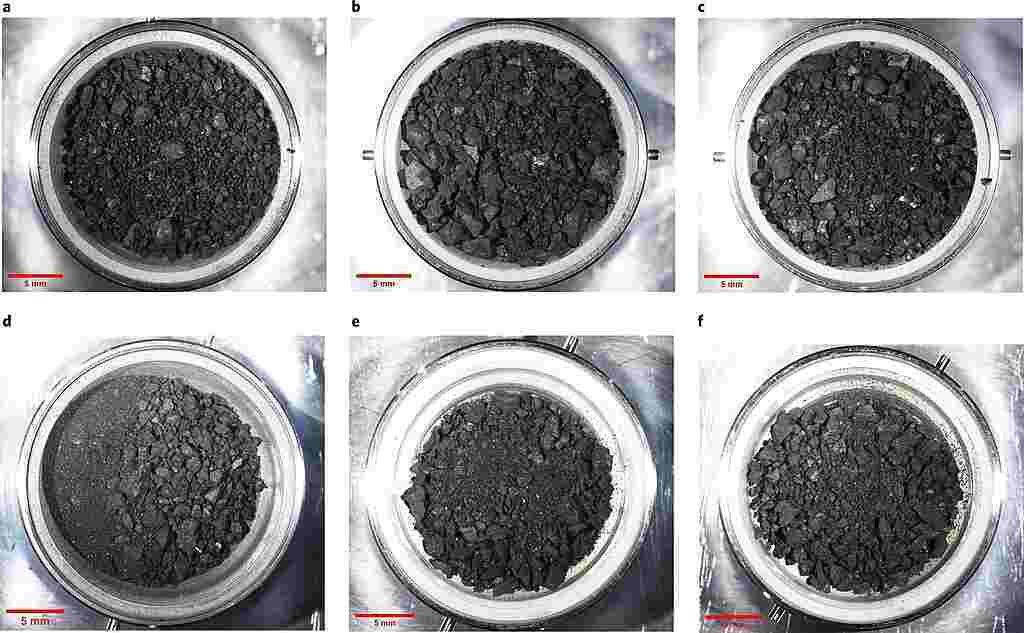What is Photon?
Photon is an elementary particle (quantum) of light. A photon is a boson. The name photon comes from the Greek and means “light”. Indeed, the photon transmits the electromagnetic interaction, light being an example of an electromagnetic wave.
Boson is a subatomic particle whose spin quantum number has an integer value (0,1,2 …). Bosons form one of the two fundamental classes of subatomic particle, the other being fermions, which have odd half-integer spin (1⁄2,3⁄2 …) Every observed subatomic particle is either a boson or a fermion.
Photon speed
299 792 458 meters per second or about 186,282 miles per second.
What is their symbol?
γ (gamma)
How to calculate the photon?
From the frequency v of the photon
If we know the value of the frequency, we calculate the value of the energy of the photon from the Planck-Einstein relation. Calculate the energy in eV of a photon with frequency \nu=1{,}5 \times10^{15} Hz. Data: Planck’s constant h=6{,}63 \times10^{-34} J.s.
Why does the photon have no mass and just energy?
To say that a photon has no mass but that it has energy, when the theory of relativity demonstrates the equivalence between the two quantities (E=mc²), that may indeed seem illogical.
However, nothing prevents attributing a “mass” to the photon from Einstein’s equation: this would simply be equal to its energy divided by c squared… But what is exact with regard to mathematics loses its meaning in physics.
Read also: E=MC2 | How did Albert Einstein found the E=mc² formula?
The difficulty lies in the very definition of mass. In the classical sense, that of Newton, it is the intrinsic quality of an object, measuring its quantity of matter and invariable whatever its movement. Newton showed that it is mass that accelerates an object when placed in a gravity field; which makes it “weigh” when it cannot move or which requires the use of force to set it in motion. A force all the more intense as said mass is important…
The photon never stops
The theory of relativity has incorporated this Newtonian concept under the term “rest mass”. However, a photon has no mass at rest because it is never at rest: its speed, which is 299,792,458 meters per second (c), is constant regardless of its energy (color). It will neither be accelerated nor slowed down by a gravity field; this one will modify its energy but not its speed. Finally, when we speak of a photon that “falls” into a black hole, this is due to the curvature of space-time around the hole and not to the effect of gravitational attraction in the classical sense.
Read also: PHYSICS | Fundamental SI Units of Measurement, SI Derived Units, Names and Symbols
In short, the photon escapes all the phenomena that testify to the presence of a mass in the classical sense, despite the experimental attempts made to detect it. So, until proven otherwise, the photon has no mass, without this contradicting its energetic nature.
Photon energy formula
There are 2 distinct models to describe the light.
The wave model: we say that light is a wave.
The corpuscular model: we say that light is a beam of particles.
In fact, light is both a wave and a beam of particles.
In the corpuscular model, particles of light are called photons.
Formula
The expression of the energy of a photon
at. The energy of a photon from the frequency
Consider light radiation of frequency ν (nu) made up of photons.
Each photon has an energy which is given by Planck’s relation, given below.
E = h × ν
with :
E the energy of the photon, in Joule (J)
h the Planck constant, with h ≈ 6.626 × 10−34 J s
ν the frequency of the radiation considered (frequency of the photon), in Hertz (Hz or s−1)
Remark
Another unit of energy exists, it is the electron-volt (eV) which is a more suitable unit than the Joule on the scale of the atom.
The transition from one unit to another is obtained by the relation 1 eV = 1.601 × 10−19 J.
Example
We consider light radiation with a frequency equal to 3.5 × 1014 Hz.
The energy of the photons constituting this radiation is equal to:
E = h × ν = 6.626 × 10−34 × 3.5 × 1014 = 2.3 × 10−19 J.
If we wish to express it in eV, then:
.
b. The energy of a photon from the wavelength
Each photon travels at the speed of light c ≈ 3.00 × 108 m s−1.
If we know the wavelength of the radiation constituting the photon, we can express its energy as a function of this quantity.
We know that E = h × ν, or , so we get the following relation.
with :
E the energy of the photon, in Joule (J)
h the Planck constant, with h ≈ 6.626 × 10−34 J s
λ the wavelength of the radiation considered, in meters (m)
c the speed of light in vacuum, with c ≈ 3.00 × 108 m s−1
Example
Light radiation with a wavelength of 450 nm is considered.
We first convert the wavelength to m:
λ = 450 nm = 450 × 10−9 m = 4.50 × 10−7 m.
The energy of the photons is therefore:
J.
What are photons used for?
Photons have many technological applications. For example:
Laser
The laser is an extremely important application.
Individual photons can be detected by different methods. The classic photomultiplier tube exploits the photoelectric effect: a photon of sufficient energy strikes a metal plate and releases an electron, triggering an ever-increasing flow of electrons.
Chips
Semiconductor charge-coupled device chips use a similar effect: an incident photon generates a charge in a microscopic capacitor that can be detected. Other detectors, such as Geiger counters, use the ability of photons to ionize gas molecules within the device, causing a detectable change in the conductivity of the gas.
Engineering and chemistry
Engineers and chemists often use it in design. They are used both to calculate the energy change resulting from the absorption of photons and to determine the frequency of the light emitted by a given photon emission.
For example, the emission spectrum of a discharge lamp can be changed by filling it with (mixtures of) gases with different electronic energy level settings.
Under certain conditions, an “energy transition” can be excited by “two” photons which individually would be insufficient. This allows for higher resolution microscopy, as the sample only absorbs energy in the spectrum where two beams of different colors overlap significantly, which can be made much smaller than the excitation volume of a single beam (see two photon excitation microscopy). In addition, these photons cause less damage to the sample, since they are of lower energy.
Molecular biology
In some cases, two energy transitions can be coupled so that when one system absorbs a photon, another nearby system “steals” its energy and re-emits a photon of a different frequency. This is the basis of fluorescence resonance energy transfer, a technique used in molecular biology to study the interaction of relevant proteins.
Random number generation
Several different types of hardware random number generators involve the detection of individual photons.
In one example, for each bit of the random sequence to be produced, a photon is sent to a beam splitter. In such a situation, there are two possible outcomes of equal probability. The actual result is used to determine if the next bit in the sequence is “0” or “1”.
Sources: PinterPandai, ThoughtCo, Symmetry Magazine, ZME Science
Photo credit: Jan Pavelka / Wikimedia Commons (CC BY-SA 4.0)
Photo description: Fluorescence and birefringence of 445 nm laser in calcite crystal



